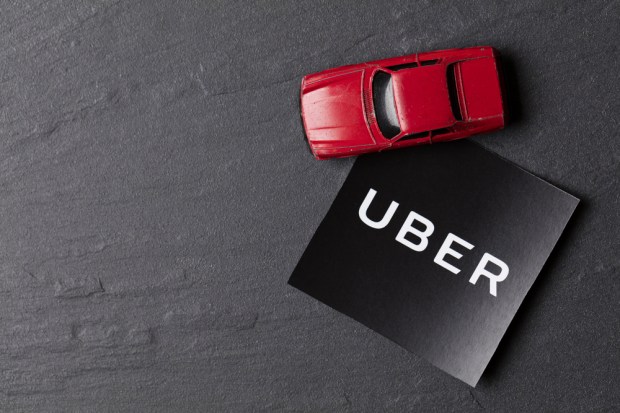Uber Responds To (Some) NYT Criticisms

Uber isn’t taking too kindly to some of the things The New York Times wrote about the rideshare leader’s practices.
In one of the more damning passages, the article read that Uber “engaged in an extraordinary behind-the-scenes experiment in behavioral science to manipulate [its drivers] in the service of its corporate growth — an effort whose dimensions became evident in interviews with several dozen current and former Uber officials, drivers and social scientists, as well as a review of behavioral science.”
The issue that the NYT raised extends in part from the gamification of work. For instance, Uber creates earnings goals and alerts drivers when they are close. Uber drivers are rewarded with in-app badges. Participation in this system doesn’t necessarily translate to increased earnings.
Additionally, the article pointed to an in-app feature that alerts Uber drivers about potential fares automatically while they’re en route with their current customers. This feature can’t be turned off.
These and other techniques leveraged by Uber have been construed as manipulative, potentially coaching drivers into longer shifts to the benefit of Uber’s bottom line. Other gig economy players like rideshare competitor Lyft and on-demand delivery service Postmates use similar practices.
Last Wednesday, Uber published a response. The company didn’t directly address the claims of psychological manipulation, but instead focused on another contention of the NYT article, namely that “faster pickup times for riders require a greater percentage to be idling unpaid.”
In the company’s blog post, Uber’s director of policy research Betsy Masiello wrote, “This is simply not true — and had the Times asked us whether it was, we would have explained the reality of what happens when Uber grows in a city: Riders enjoy lower pickup times and drivers benefit from less downtime between trips.”
It’s not every day that a media critique receives a response, whether on the crux of the issue or a secondary criticism. Then again, these are tough times for Uber in the PR department. (Well, tougher times than usual — but it hadn’t seemed to matter as much before.)
In a short list, Uber has recently run up against the recent setback in Denmark, the sexual harassment controversy, a growing number of employees leaving, a social media campaign to #deleteuber and the outcry over Kalanick’s appointment to President Trump’s economic advisory council amid the ongoing lawsuit from Waymo, among a number of others. Add the NYT article to that list.
No evidence of has yet to surface to suggest how, if at all, these compiling controversies have hit Uber’s numbers.
Insight from mobile app analytics firm Sensor Tower showed that competitor Lyft saw its download ranking on iOS rise to number four from 39 in the weekend after #deleteuber propagated. But Uber’s data from the first 10 weeks of 2017 showed greater growth than in the first 10 weeks of 2016.
Likewise, a March 2017 survey conducted by LendEDU found that despite Uber’s recent rough stretch, 93 percent of U.S. millennials have no plans to stop using it. Many analysts believing that brand recognition is one of the main factors for their customer loyalty.
Further ride data updates could shed more light on the effects of these compounded controversies. If the effect is as negligible as the above data suggests, then perhaps Uber is simply turning a new leaf, vying to clean up its public image.
